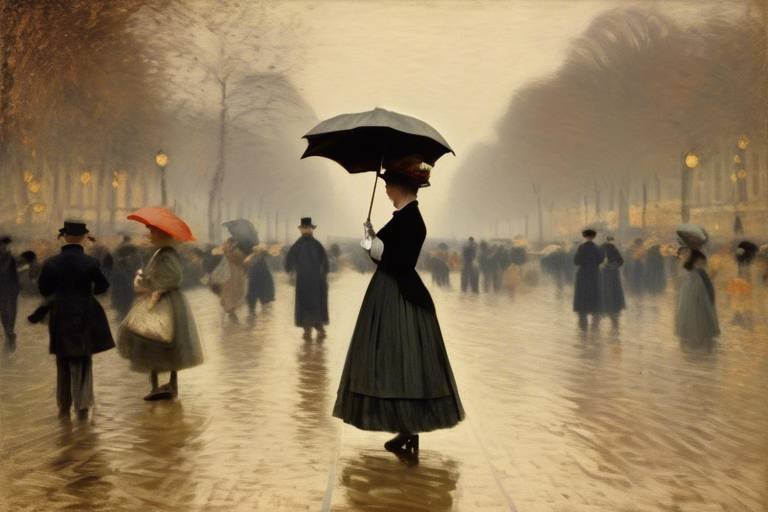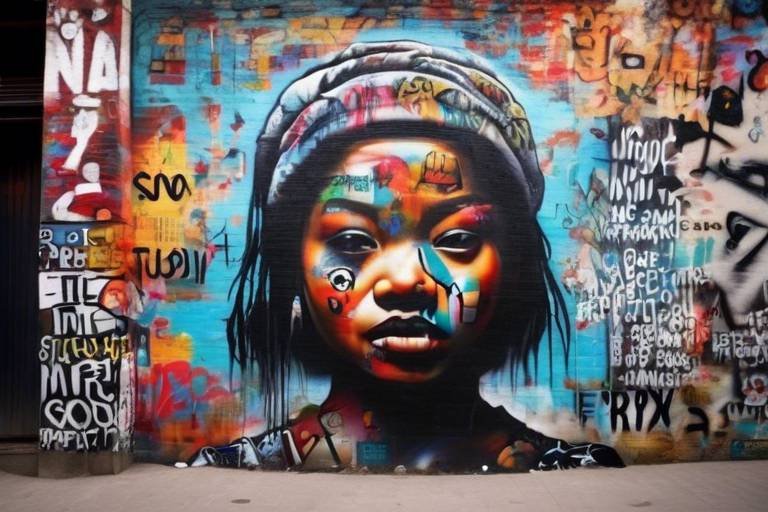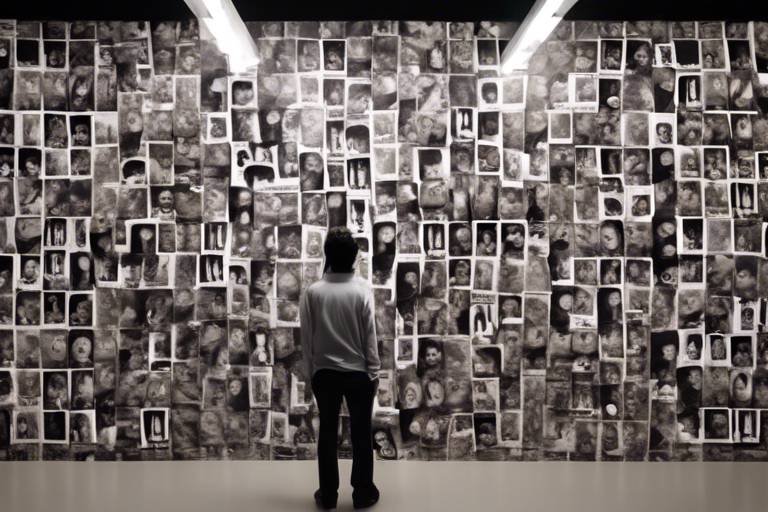The Influence of Globalization on Traditional Art Forms
Globalization has had a profound impact on traditional art forms around the world. As borders blur and cultures intermingle, traditional artists find themselves at a crossroads, navigating the shifting landscape of a globalized world. The influence of globalization on traditional art forms is multifaceted, touching upon various aspects of artistic expression, cultural identity, and artistic sustainability.
One significant aspect of this influence is the evolution of traditional art forms in response to globalization. Artists are compelled to adapt their techniques, themes, and subject matter to resonate with a global audience. This evolution reflects not only changes in artistic practices but also the broader cultural shifts brought about by increased interconnectedness.
Techniques in traditional art have been reshaped by globalization, with artists incorporating new tools, materials, and methods from different parts of the world. This cross-pollination of techniques has led to the creation of hybrid art forms that blend traditional practices with contemporary innovations, showcasing the dynamic nature of artistic evolution in a globalized context.
Moreover, globalization has influenced the themes and subject matter explored in traditional art, introducing new ideas, perspectives, and cultural influences from diverse global sources. Artists are challenged to embrace these new influences while preserving the essence of their cultural heritage, striking a delicate balance between tradition and innovation.
The cultural significance and identity embedded in traditional art forms are also subject to transformation in the face of globalization. Artists grapple with issues of authenticity, appropriation, and hybridity as they navigate the complexities of a globalized art world. The preservation of cultural heritage becomes a paramount concern, requiring artists to engage critically with the impact of globalization on their artistic practices.
Despite the opportunities for innovation and collaboration that globalization presents, traditional artists also face numerous challenges in a globalized world. Competition from mass-produced goods, cultural commodification, and changing market demands pose significant obstacles to the sustainability of traditional art forms, prompting artists to rethink their approaches and strategies.
However, amidst these challenges lie opportunities for traditional artists to explore new avenues for creativity and expression. Cross-cultural exchanges, digital platforms, and collaborative projects offer fresh possibilities for traditional artists to showcase their work to a global audience, fostering a sense of artistic community and shared cultural heritage.
Looking ahead, the future of traditional art in a globalized world remains uncertain yet brimming with potential. Artists and communities must adapt to the changing landscape of globalization, embracing the opportunities for growth and collaboration while safeguarding the authenticity and integrity of traditional art forms. By navigating these challenges with creativity and resilience, traditional artists can continue to thrive in an increasingly interconnected world.
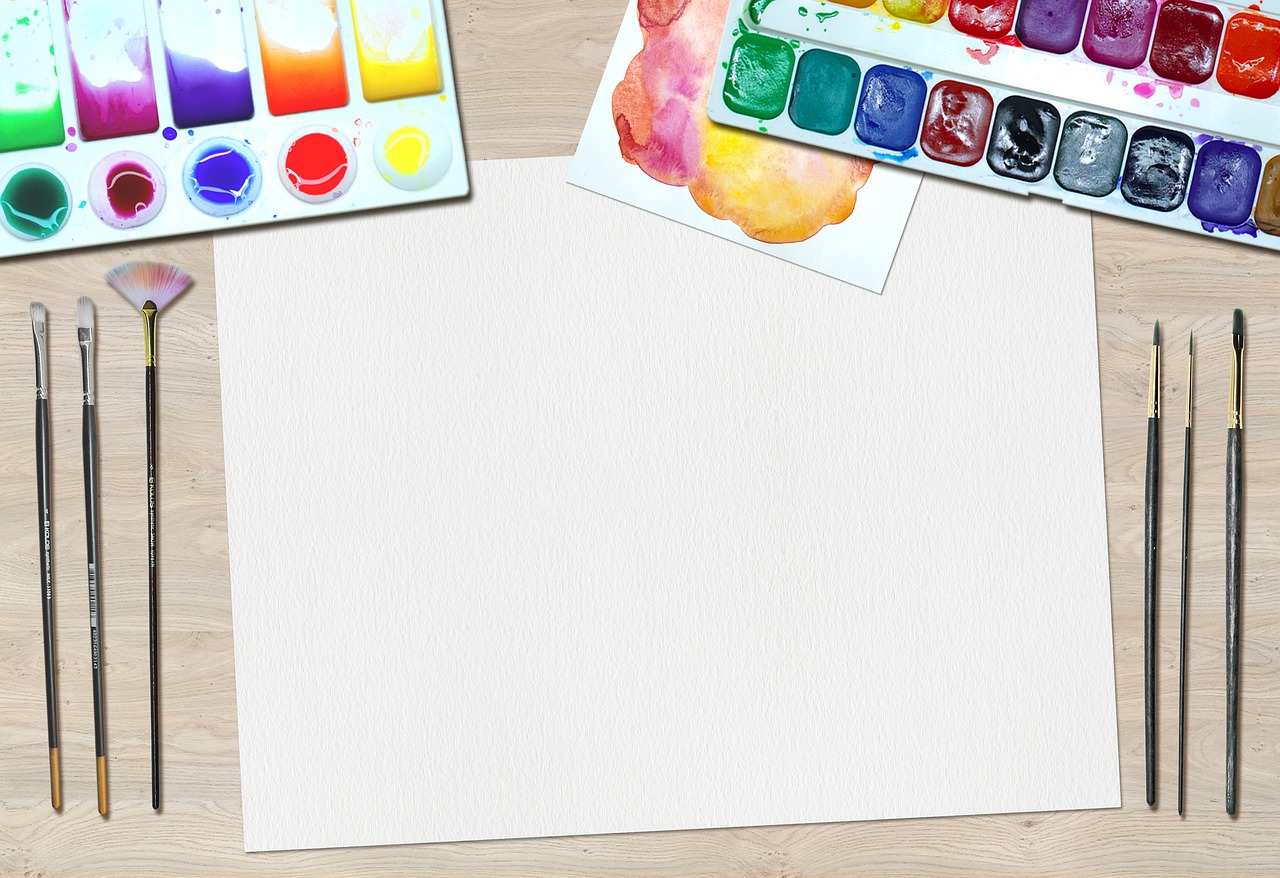
Evolution of Traditional Art
Exploring how traditional art forms are impacted by globalization, including changes in techniques, themes, and cultural significance, as well as the challenges and opportunities presented to artists in a rapidly changing globalized world.
Traditional art has a rich history that spans centuries, rooted in the cultural heritage of diverse communities around the world. The evolution of traditional art forms reflects the dynamic interactions between artists, societies, and global influences. As globalization has accelerated the exchange of ideas and aesthetics, traditional art has adapted and transformed to embrace new perspectives and techniques.
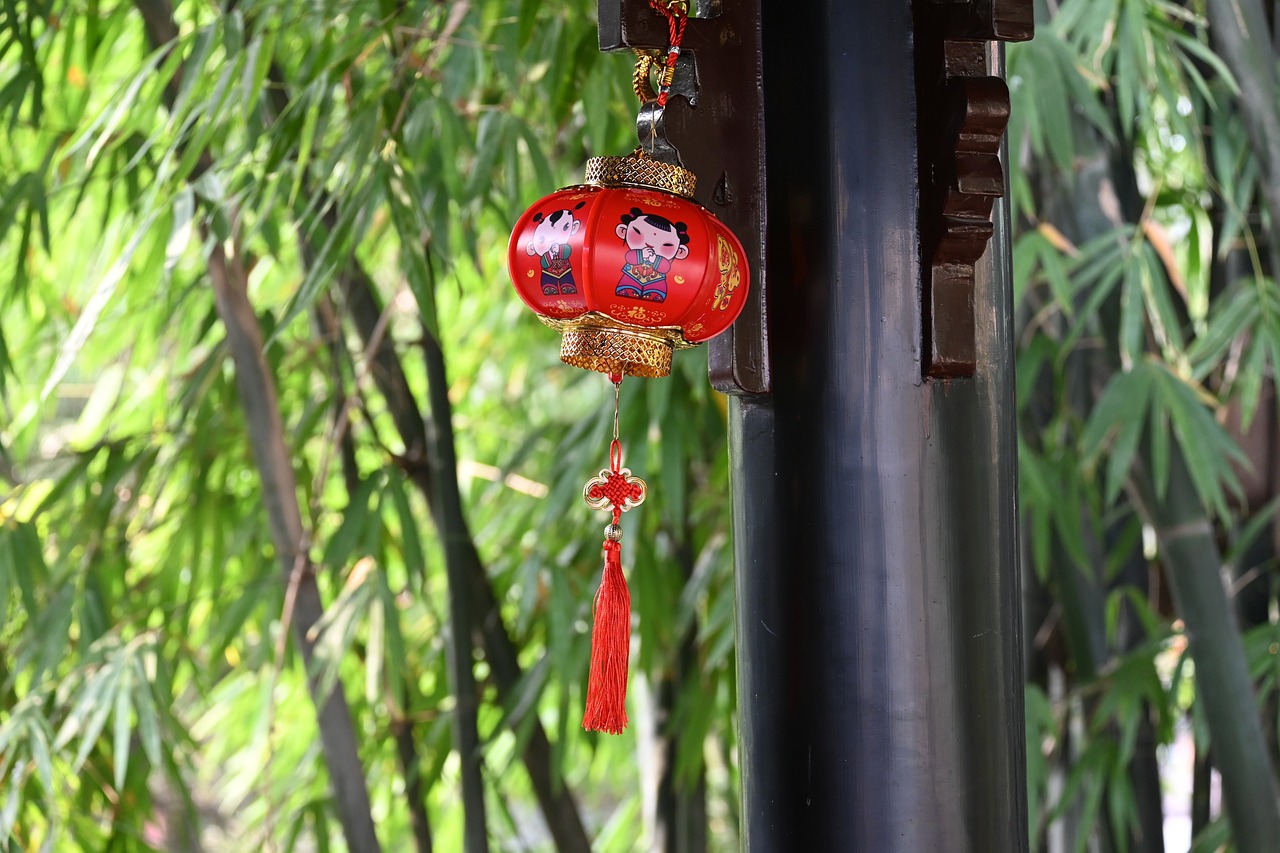
Globalization's Impact on Techniques
Globalization has significantly influenced the techniques employed in traditional art forms, ushering in a wave of innovation and adaptation. Artists around the world are embracing new tools, materials, and methods from diverse cultural backgrounds, leading to a fusion of traditional and contemporary practices. This cross-pollination of techniques has resulted in the creation of unique art pieces that reflect a blend of global influences. For example, a traditional painting style may incorporate digital elements or a sculpture may combine ancient sculpting methods with modern technology, showcasing the dynamic evolution of artistic techniques in a globalized world.
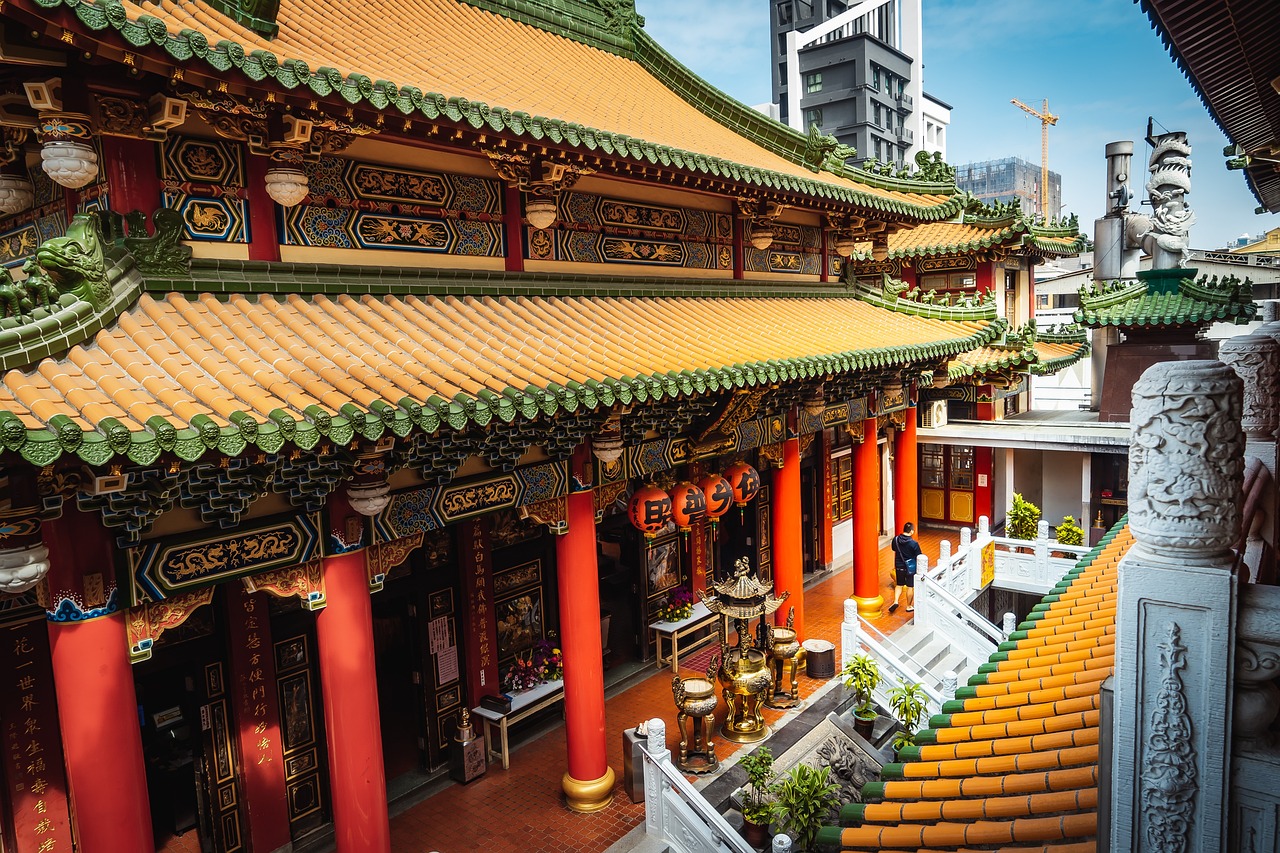
Shifts in Themes and Subject Matter
When we delve into the realm of traditional art forms and their interaction with globalization, one of the most intriguing aspects to explore is the shifts in themes and subject matter. The impact of globalization on traditional art has led to a dynamic evolution in the content and narratives depicted in various art forms across different cultures.
Imagine traditional art as a river, flowing steadily through time, reflecting the essence of a particular culture. Now, with the winds of globalization blowing strong, this river encounters new streams of ideas, beliefs, and influences, altering its course and enriching its waters with diverse narratives and perspectives.
Artists, once bound by the constraints of their local traditions, now find themselves at a crossroads where they can choose to embrace the changing tides of globalization or resist its currents. This choice manifests in the themes and subject matter they choose to explore in their artworks.
Themes that were once deeply rooted in local folklore, mythology, or historical events are now being reimagined through a global lens. Artists are incorporating elements from different cultures, blending traditional motifs with contemporary issues, and creating a tapestry of narratives that resonate with a global audience.
Moreover, the subject matter of traditional art has expanded to encompass a wide array of topics, ranging from environmental concerns and social justice issues to personal reflections on identity and belonging. This expansion reflects the interconnected nature of our world today, where boundaries between cultures are blurred, and stories transcend geographical limitations.
As traditional art forms continue to evolve in response to globalization, the shifts in themes and subject matter serve as a testament to the resilience and adaptability of artists in embracing change while staying true to their cultural roots.
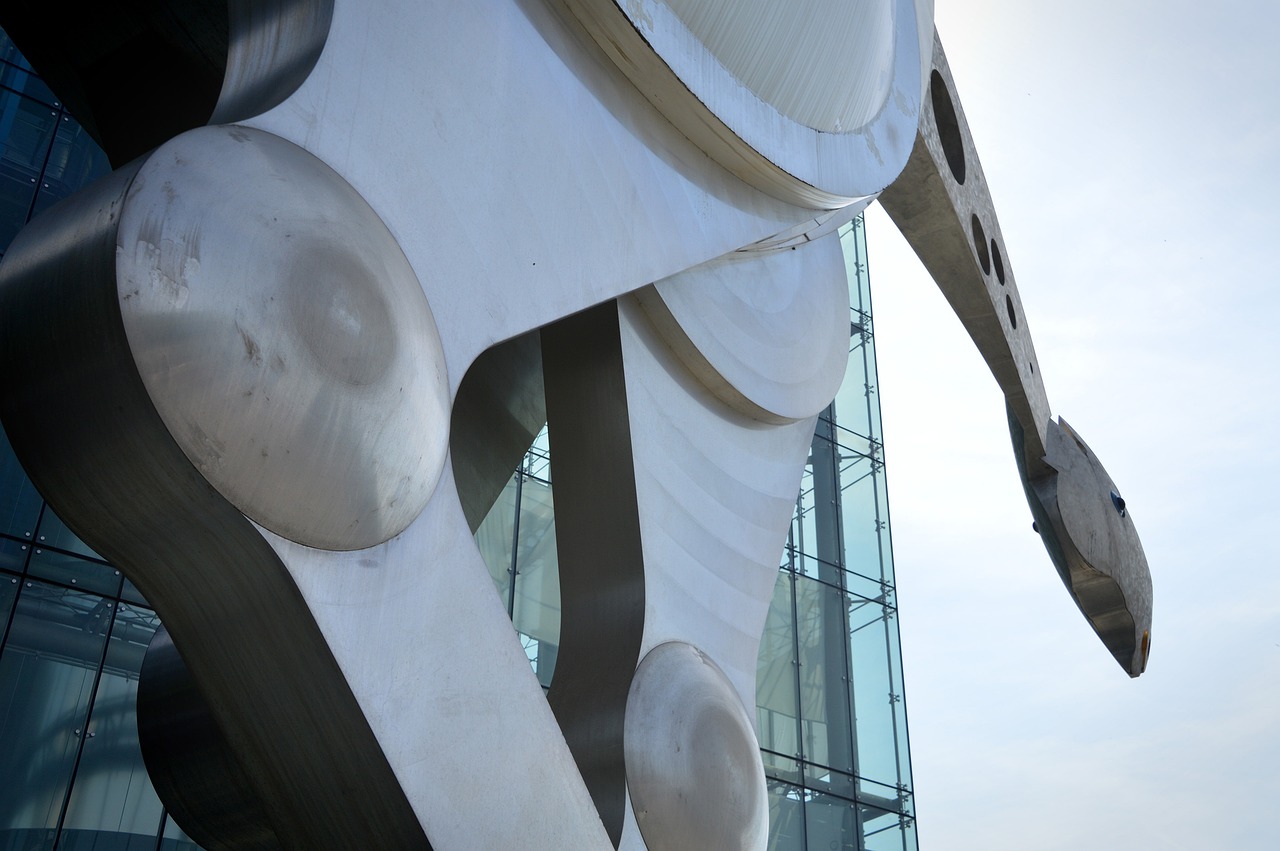
Cultural Significance and Identity
Traditional art forms hold immense cultural significance and play a vital role in shaping the identity of communities around the world. Through the lens of globalization, these art forms face a dual challenge of preserving their authenticity while adapting to the changing dynamics of a globalized society. The fusion of traditional and contemporary elements in art reflects the evolving nature of cultural identity in a world where boundaries are increasingly blurred.
Globalization has brought both opportunities and threats to the cultural significance of traditional art. While it opens doors to a wider audience and facilitates cross-cultural dialogue, it also raises concerns about cultural appropriation and the dilution of unique artistic expressions. Artists find themselves navigating a delicate balance between staying true to their roots and embracing innovation to stay relevant in a globalized art market.
One of the key issues traditional artists face is the commodification of their cultural heritage. As traditional art forms gain popularity on a global scale, there is a risk of reducing these rich cultural practices to mere commodities for mass consumption. Striking a balance between commercial success and cultural integrity is a constant struggle for artists seeking to preserve the essence of their heritage.
Moreover, the concept of cultural hybridity emerges as traditional art forms interact with diverse global influences. Artists are challenged to incorporate new ideas and techniques while safeguarding the core values and traditions that define their cultural identity. This process of adaptation and reinvention is essential for traditional art to remain relevant and resonate with contemporary audiences.
Ultimately, the cultural significance and identity of traditional art forms are not static but dynamic, evolving in response to the forces of globalization. Artists must navigate these complexities with sensitivity and creativity, embracing the opportunities for cross-cultural exchange while safeguarding the authenticity of their heritage. In a rapidly changing world, traditional art continues to be a powerful medium for preserving cultural identity and fostering intercultural understanding.

Challenges Faced by Traditional Artists
Traditional artists face a myriad of challenges in today's globalized world, where mass production and commercialization often overshadow the value of handmade, culturally rich art forms. One of the primary obstacles is the fierce competition from mass-produced goods flooding the market, making it difficult for traditional artists to stand out and earn a sustainable income. Additionally, the commodification of culture poses a threat to the authenticity and integrity of traditional art, as it may be exploited for commercial gain without proper recognition or respect for its cultural roots.
Furthermore, traditional artists must navigate the delicate balance between preserving their cultural heritage and adapting to evolving market demands. This dilemma can lead to a struggle in maintaining the traditional techniques and styles that define their art while also exploring innovative ways to stay relevant and appeal to a broader audience. The pressure to commercialize their work to meet contemporary tastes without compromising their artistic integrity can be a significant challenge for traditional artists.
Moreover, the globalization of the art world brings with it issues of cultural appropriation and the risk of diluting the unique identity of traditional art forms. As artists engage with diverse influences and collaborate across borders, they must grapple with questions of ownership, respect, and the ethical implications of blending cultural elements from different traditions. Navigating these complex dynamics requires a deep understanding of cultural sensitivity and a commitment to preserving the authenticity of traditional art in a global context.
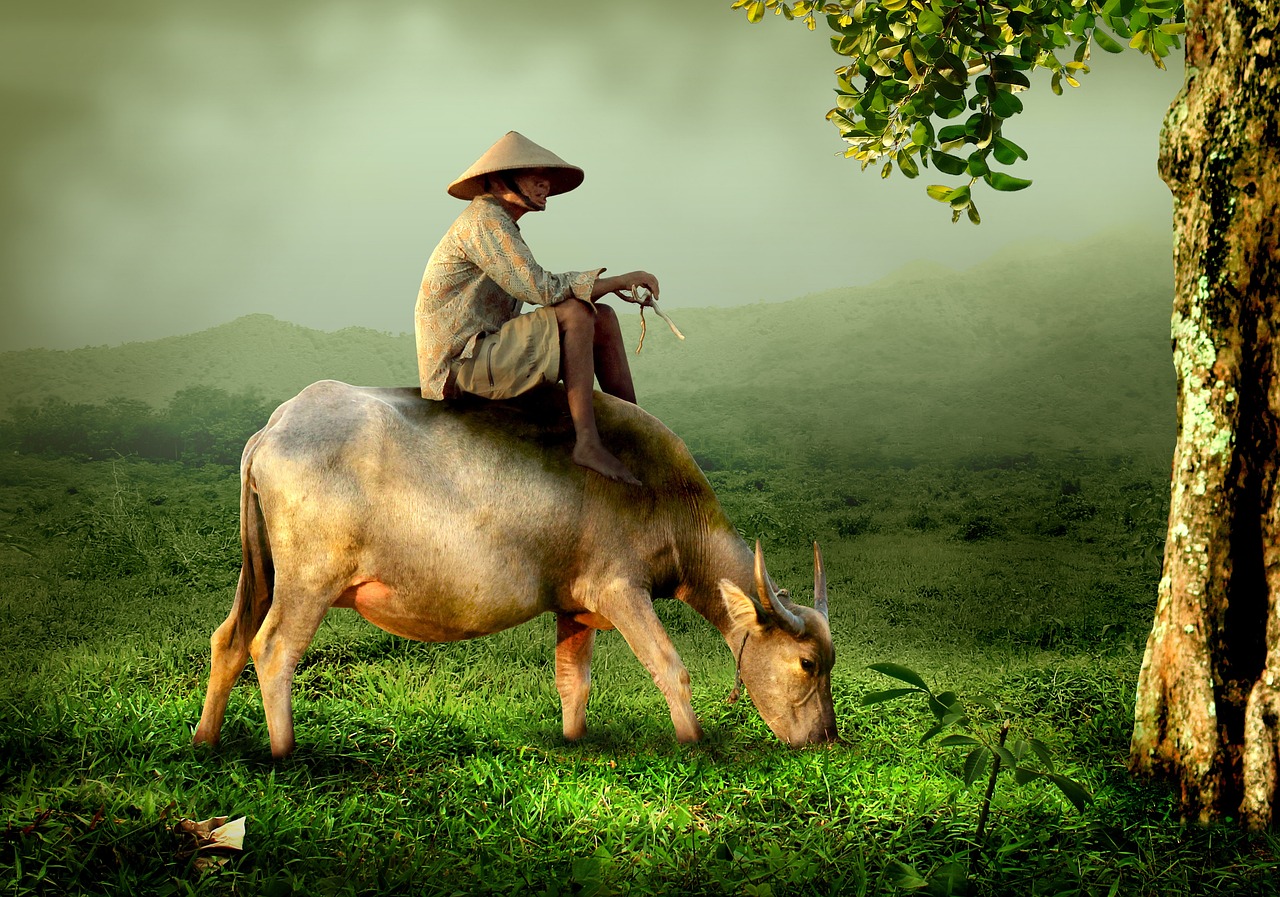
Opportunities for Innovation and Collaboration
Globalization has opened up a world of for traditional artists, paving the way for a new era of creativity and cross-cultural exchange. In this rapidly changing global landscape, artists are no longer confined by geographical boundaries but can connect with fellow creators from different parts of the world, sharing ideas, techniques, and inspiration.
One of the key opportunities that globalization offers traditional artists is the chance to engage in cross-cultural exchanges, where they can learn from diverse artistic traditions and incorporate new elements into their work. This exchange of ideas can lead to the development of unique artistic styles that blend different cultural influences, creating art that is truly global in its appeal.
Moreover, the rise of digital platforms has revolutionized the way traditional artists showcase and promote their work. Artists can now reach a global audience with the click of a button, sharing their creations with art enthusiasts from around the world. This digital connectivity has not only expanded the reach of traditional art forms but has also democratized the art world, giving artists greater visibility and recognition.
Collaboration is another exciting avenue for traditional artists to explore in the age of globalization. By partnering with artists from diverse backgrounds, artists can combine their skills and perspectives to create innovative and thought-provoking artworks. These collaborations can lead to the emergence of new artistic movements and trends, pushing the boundaries of traditional art forms and challenging conventional norms.
In conclusion, the opportunities for innovation and collaboration in a globalized world are endless for traditional artists. By embracing the possibilities that globalization presents, artists can break free from traditional constraints and embark on a journey of creativity, exploration, and cultural exchange.
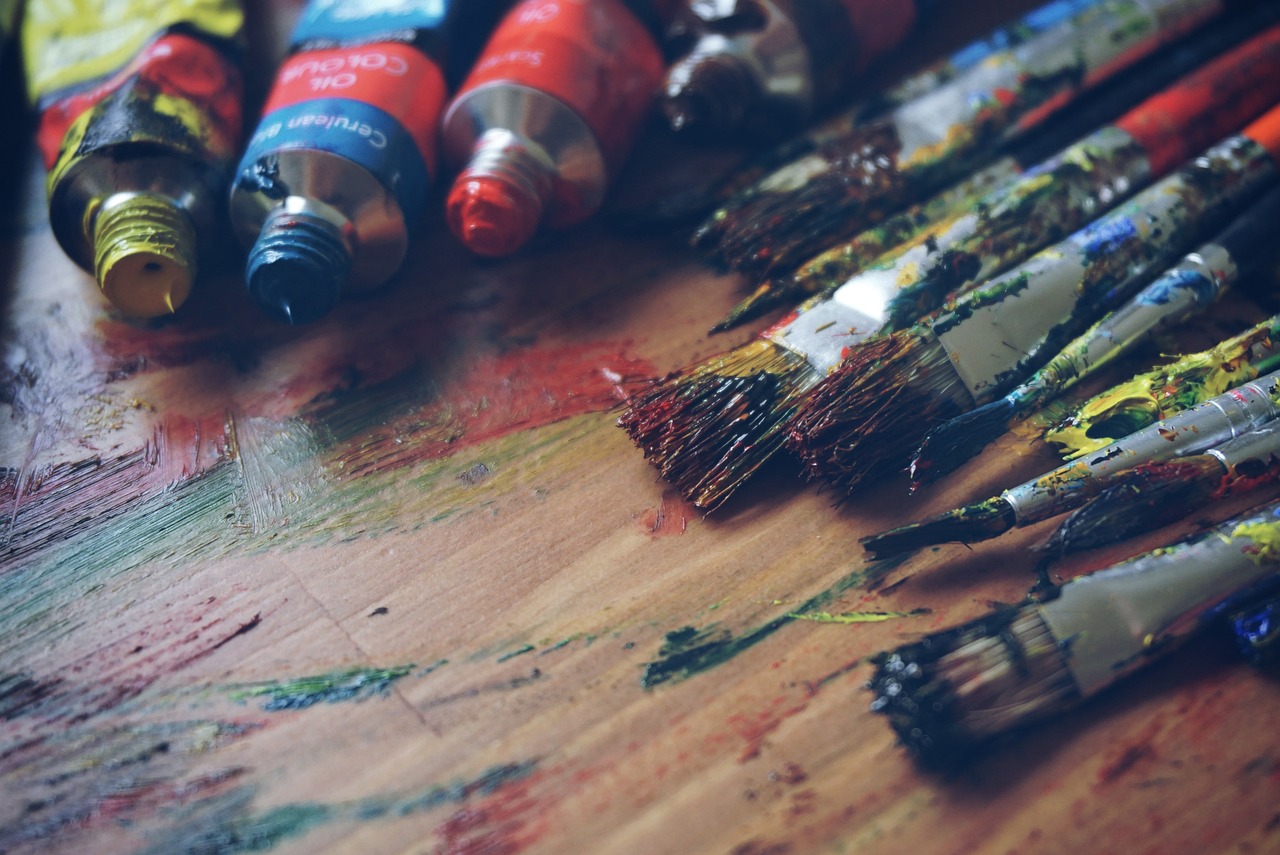
Sustainability and Cultural Heritage
Exploring how traditional art forms are impacted by globalization, including changes in techniques, themes, and cultural significance, as well as the challenges and opportunities presented to artists in a rapidly changing globalized world.
Examining the historical development of traditional art forms and how they have evolved over time in response to globalization, modernization, and cultural exchange.
Discussing how globalization has influenced the techniques used in traditional art forms, leading to the adoption of new tools, materials, and methods from different parts of the world.
Analyzing the changes in themes and subject matter in traditional art due to globalization, including the incorporation of new ideas, perspectives, and cultural influences from diverse global sources.
Exploring the preservation and transformation of cultural significance and identity in traditional art forms amidst the forces of globalization, addressing issues of authenticity, appropriation, and hybridity.
Investigating the challenges traditional artists encounter in a globalized world, such as competition from mass-produced goods, cultural commodification, and the need to adapt to changing market demands.
Highlighting the opportunities for innovation and collaboration that globalization presents to traditional artists, including cross-cultural exchanges, digital platforms, and new avenues for showcasing and promoting their work.
Discussing the importance of sustainability and the preservation of cultural heritage in traditional art forms within the context of globalization, addressing issues of cultural authenticity, environmental impact, and community engagement.
Speculating on the future trajectory of traditional art forms in the face of globalization, considering how artists and communities can navigate the challenges and harness the opportunities presented by an increasingly interconnected world.
Stay tuned for answers to common questions about the influence of globalization on traditional art forms!

The Future of Traditional Art in a Globalized World
As traditional art forms continue to navigate the complex landscape of globalization, the future holds both challenges and opportunities for artists and communities worldwide. In a globalized world, traditional art faces the task of preserving cultural heritage while adapting to the demands of a rapidly changing society. Artists must find innovative ways to stay true to their roots while embracing new technologies and forms of expression.
One key aspect of the future of traditional art lies in the ability of artists to collaborate across borders and cultures. Globalization offers the chance for artists to engage in cross-cultural exchanges, learning from one another and enriching their own practices. By sharing ideas and techniques, traditional artists can create new and exciting works that blend different cultural influences in a harmonious way.
Moreover, the digital age presents traditional artists with unprecedented opportunities to showcase their work to a global audience. Through online platforms and social media, artists can reach potential customers and art enthusiasts from around the world, breaking down geographical barriers and expanding their reach beyond local markets.
However, the future of traditional art also raises questions about sustainability and authenticity. As globalization accelerates the pace of change, artists must find ways to balance innovation with the preservation of cultural heritage. It is essential to ensure that traditional art forms continue to reflect the values and traditions of their communities, even as they evolve to meet the demands of a globalized audience.
In conclusion, the future of traditional art in a globalized world is a dynamic and multifaceted landscape, where artists must navigate the tensions between tradition and innovation. By embracing collaboration, harnessing digital tools, and staying true to their cultural roots, traditional artists can carve out a meaningful place in the global art scene, ensuring that their rich heritage continues to thrive for generations to come.
Frequently Asked Questions
- What traditional art forms are most affected by globalization?
Traditional art forms that are most affected by globalization are those deeply rooted in cultural practices and heritage, such as folk art, indigenous art, and classical art forms.
- How does globalization impact the authenticity of traditional art?
Globalization can both threaten and enrich the authenticity of traditional art. While it may lead to cultural appropriation and dilution of original practices, it also opens up opportunities for cross-cultural collaborations and the revitalization of traditional techniques.
- What are some challenges faced by traditional artists in a globalized world?
Traditional artists often face challenges such as competition from mass-produced goods, the commercialization of their cultural heritage, and the need to adapt to changing market trends while staying true to their artistic roots.
- How can traditional artists benefit from globalization?
Globalization offers traditional artists opportunities for innovation, collaboration with artists from diverse backgrounds, access to new markets through digital platforms, and the chance to share their cultural heritage on a global scale.
- What role does sustainability play in the preservation of traditional art forms?
Sustainability is crucial for preserving traditional art forms in the face of globalization. It involves maintaining environmental balance, supporting local communities, and ensuring the long-term viability of artistic practices and cultural heritage.









